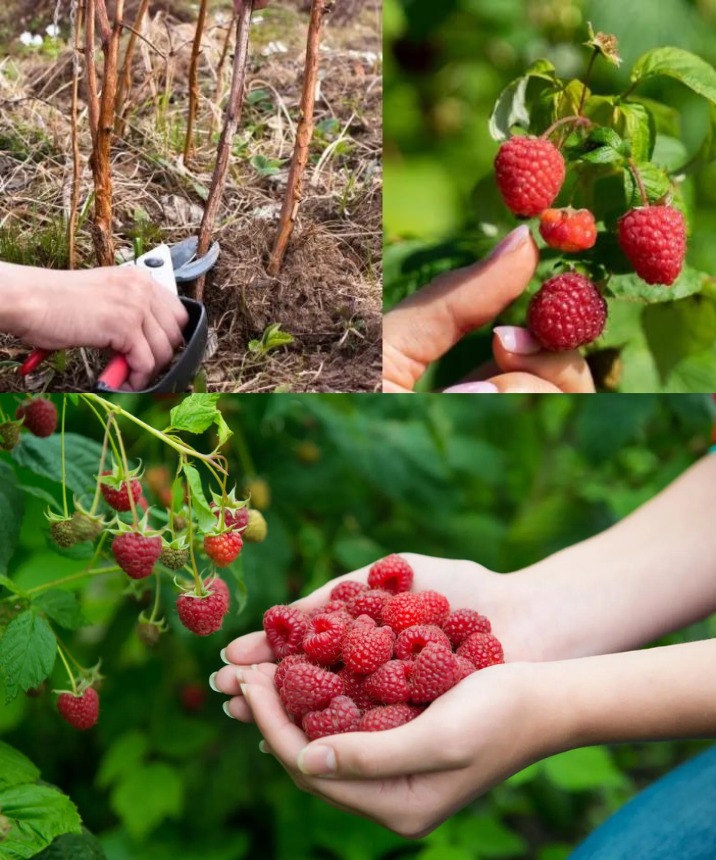Pruning is an essential practice to ensure vigorous growth and abundant production of raspberries in your garden. With the right techniques, you can promote the health of your plants and maximize your harvest. Here’s a step-by-step guide on how to properly prune your raspberries:
- Identify Different Types of Raspberries: Before you begin pruning, it’s important to know the variety of raspberries you have. There are two main types: summer-bearing raspberries, which produce fruit on last year’s canes, and fall-bearing raspberries, which produce fruit on the current year’s canes.
- Pruning Summer-Bearing Raspberries: These plants should be pruned after harvest, usually in late summer or early fall. Cut back the canes that have already borne fruit, as they will not fruit again. Remove weak and diseased canes, as well as those growing inward towards the bush to encourage air circulation and light penetration.
- Pruning Fall-Bearing Raspberries: These plants can be pruned in spring before active growth begins. Cut back the canes that bore fruit the previous year, as they will not fruit again. Also remove weak, diseased, or damaged canes, as well as overly dense growth.
- Make Clean Cuts: Use sharp pruning shears to make clean and precise cuts. Trim the canes just above a node or bud, as this will promote new healthy growth. Avoid leaving canes cut too short or too long, as this can weaken the plant or interfere with future growth.
- Remove Invasive Canes: If you notice canes growing beyond the designated boundaries for your raspberry planting, trim them back to maintain order and facilitate harvesting.
- Maintain Cleanliness: After pruning, remove all dead or cut plant debris from the area to prevent the spread of diseases and pests.
By following these simple steps and practicing regular pruning, you can keep your raspberry plants healthy and productive year after year. Enjoy a bountiful harvest of these delicious berries in your garden!
